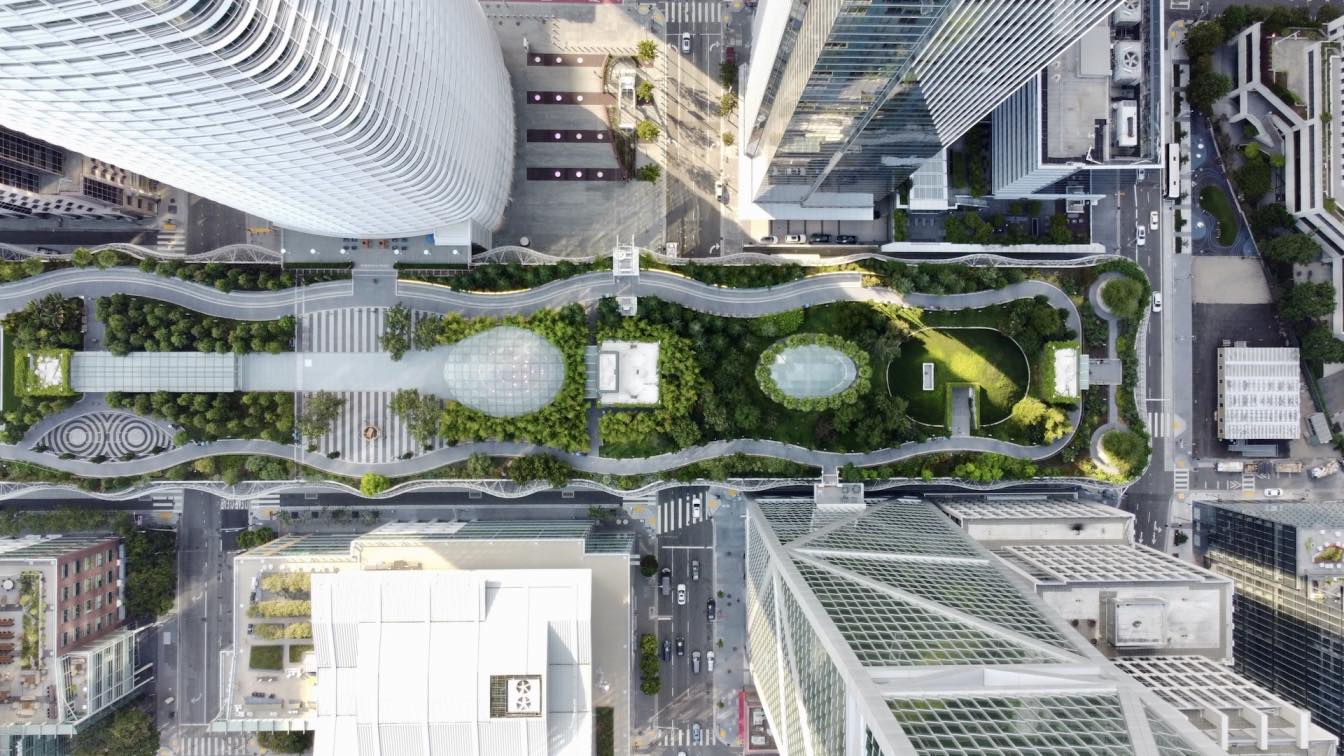In the realm of architecture, the pursuit of sustainability and innovation has become an imperative. As the construction industry grapples with environmental concerns and the need for enhanced performance, architectural materials have emerged as a critical factor in shaping the built environment of the future. Keep reading as we delve into the latest trends and advancements in eco-friendly architectural materials that are not only sustainable but also aesthetically pleasing and highly functional.
Sustainable Materials: A Multi-Faceted Imperative
The concept of sustainability in architecture encompasses various aspects, including energy efficiency, resource conservation, and the use of environmentally friendly materials. Sustainable architectural materials are those that minimize their impact on the environment throughout their lifecycle, from extraction and manufacturing to transportation, installation, and eventual disposal. The increasing demand for such materials is driven by a collective desire to reduce the carbon footprint of buildings and create healthier indoor spaces.
Modern Innovations in Sustainable Architectural Materials
Now that you know the concept behind sustainable architectural materials, let’s take a look and see the various ways that manufacturers are putting the theory of sustainability into practice with their innovative products.
Bio-Based Materials
Bio-based materials, derived from renewable biological resources such as plants, are gaining significant popularity. Examples include bamboo, cork, and mycelium, which offer exceptional strength, durability, and aesthetic appeal. Bamboo, known for its rapid growth and high tensile strength, can be used as a structural element, flooring, and cabinetry. Cork, harvested from the bark of cork oak trees, is naturally insulating, hypoallergenic, and fire-resistant, making it ideal for wall coverings and flooring. Mycelium, the vegetative part of a fungus, can be used to create innovative materials such as bio-bricks, insulation, and furniture, offering a sustainable alternative to traditional building materials.
Recycled and Reclaimed Materials
The use of recycled and reclaimed materials in architecture is another growing trend. Recycled materials, such as recycled glass, plastic, and metal, conserve natural resources and reduce the amount of waste going to landfills. Reclaimed materials, such as timber, bricks, and stone, are salvaged from existing structures and can add character and history to new buildings. For example, recycled glass can be used to create countertops, tiles, and insulation, while reclaimed wood can be repurposed as flooring, paneling, or furniture. By incorporating eco-friendly building materials like recycled glass and reclaimed timber, architects can significantly reduce harmful environmental impact while still achieving high-quality, functional design.
Low-Carbon Materials
Low-carbon materials are those that produce minimal greenhouse gas emissions during their production and use. Examples include concrete with low-carbon cement, which reduces the carbon footprint by up to 70% compared to traditional concrete. Other low-carbon materials include recycled steel, which requires significantly less energy to produce than new steel, and low-carbon glass, which is manufactured using processes that reduce greenhouse gas emissions.
Smart Materials
Smart materials are those that respond to changes in their environment, such as temperature, light, or pressure. In architecture, smart materials can be used to enhance building performance and occupant comfort. Examples include thermochromic glass, which changes color in response to heat, reducing the need for air conditioning, and piezoelectric materials, which generate electricity when stressed, allowing for energy harvesting in building structures.
High-Performance Materials
High-performance materials are designed to provide superior strength, durability, and resilience compared to traditional materials. Examples include high-strength steel, which allows for lighter and more efficient structures, and advanced composites, which combine multiple materials to create products with enhanced properties. These materials enable architects to push the boundaries of design and create structures that are both visually stunning and highly functional.
Commercial Glass Railing Systems: A Sustainable and Aesthetic Choice
Among the innovative and sustainable architectural materials available, commercial glass railing systems stand out as a particularly compelling choice. Glass railings offer several advantages that align with the principles of sustainable design, such as:
Transparency and light transmission: Glass railings allow for maximum light transmission, creating bright and welcoming spaces while reducing the need for artificial lighting. This natural illumination not only enhances occupant well-being but also reduces energy consumption.
Durability and longevity: Glass railings are highly durable and resistant to damage, ensuring a long lifespan with minimal maintenance. This durability reduces the need for replacement or repair, minimizing waste and the environmental impact associated with frequent material changes.
Recyclability: Glass is 100% recyclable, making it an environmentally friendly material. When glass railings reach the end of their useful life, they can be easily recycled and reused in the production of new glass products, minimizing waste and promoting a circular economy.
Aesthetic appeal: Glass railings offer a sleek and modern aesthetic that complements a wide range of architectural styles. Their transparency creates a sense of openness, enhancing the visual appeal of both indoor and outdoor spaces.
Safety and security: Glass railings provide a strong and secure barrier while maintaining a clear line of sight. They are an ideal choice for commercial spaces, such as offices, retail stores, and restaurants, where safety and visibility are paramount.
With the need for flexible and adaptable workspaces increasing by the day, expect the interest in glass railing systems to remain strong for the foreseeable future.
The Future Is Here With Innovative and Sustainable Architectural Materials
The demands on architects and designers have never been greater, with professionals under increasing scrutiny to deliver structures that are not only breathtaking and highly functional, but sustainably built as well. Fortunately, there are a number of innovative materials that can help architects accomplish multiple ends simultaneously.





